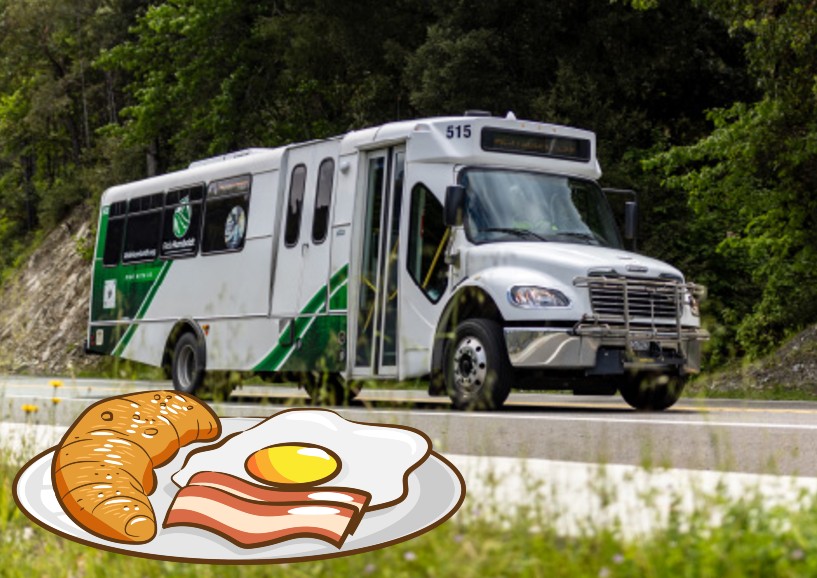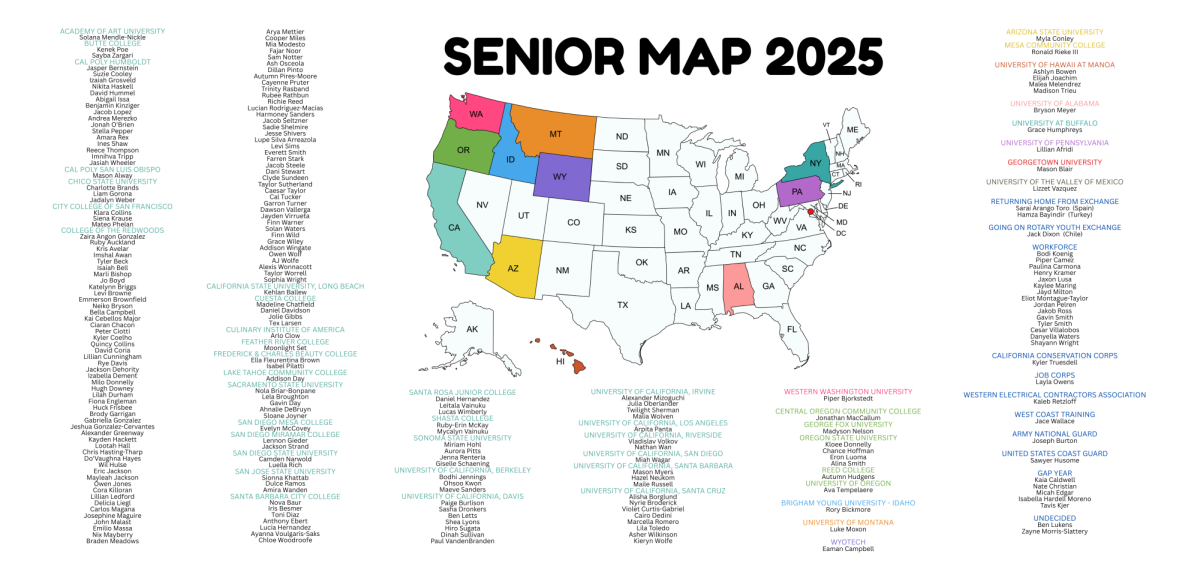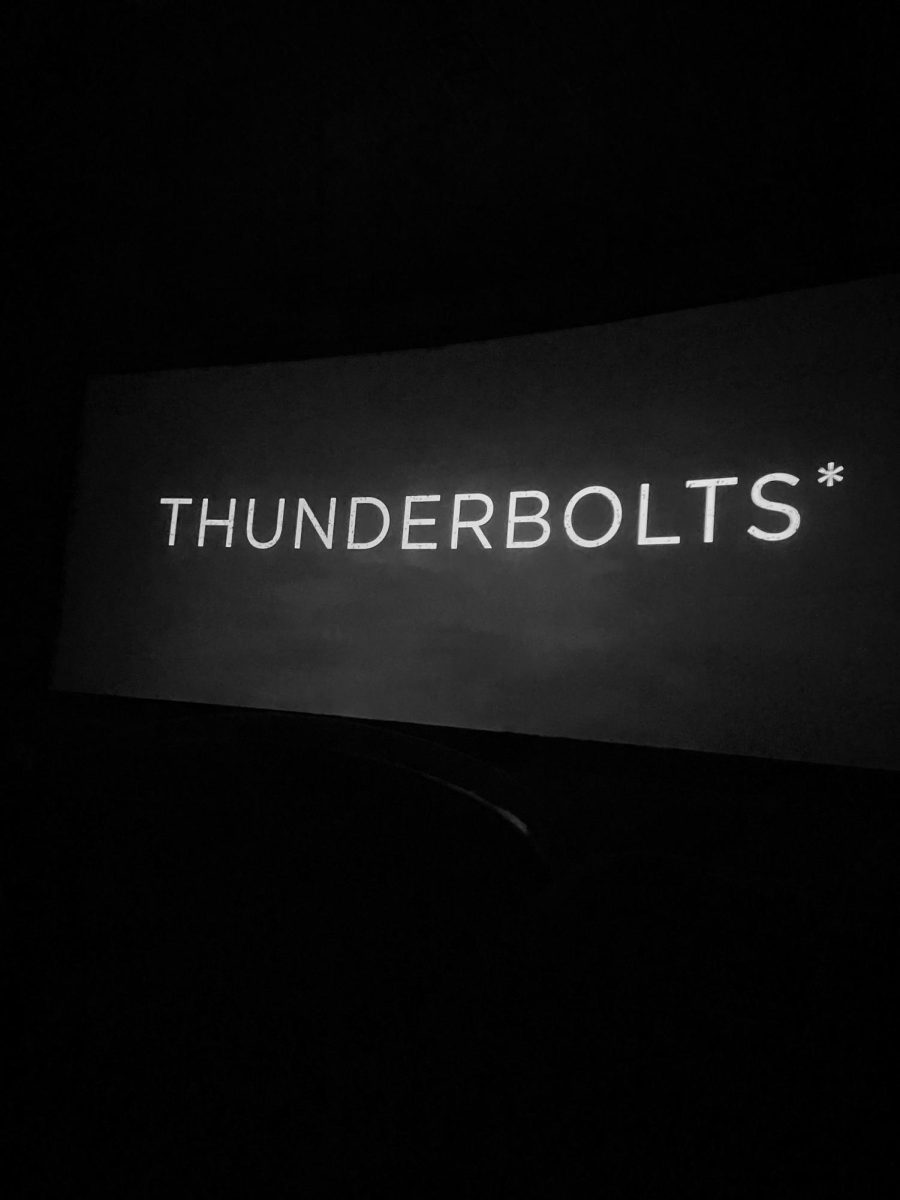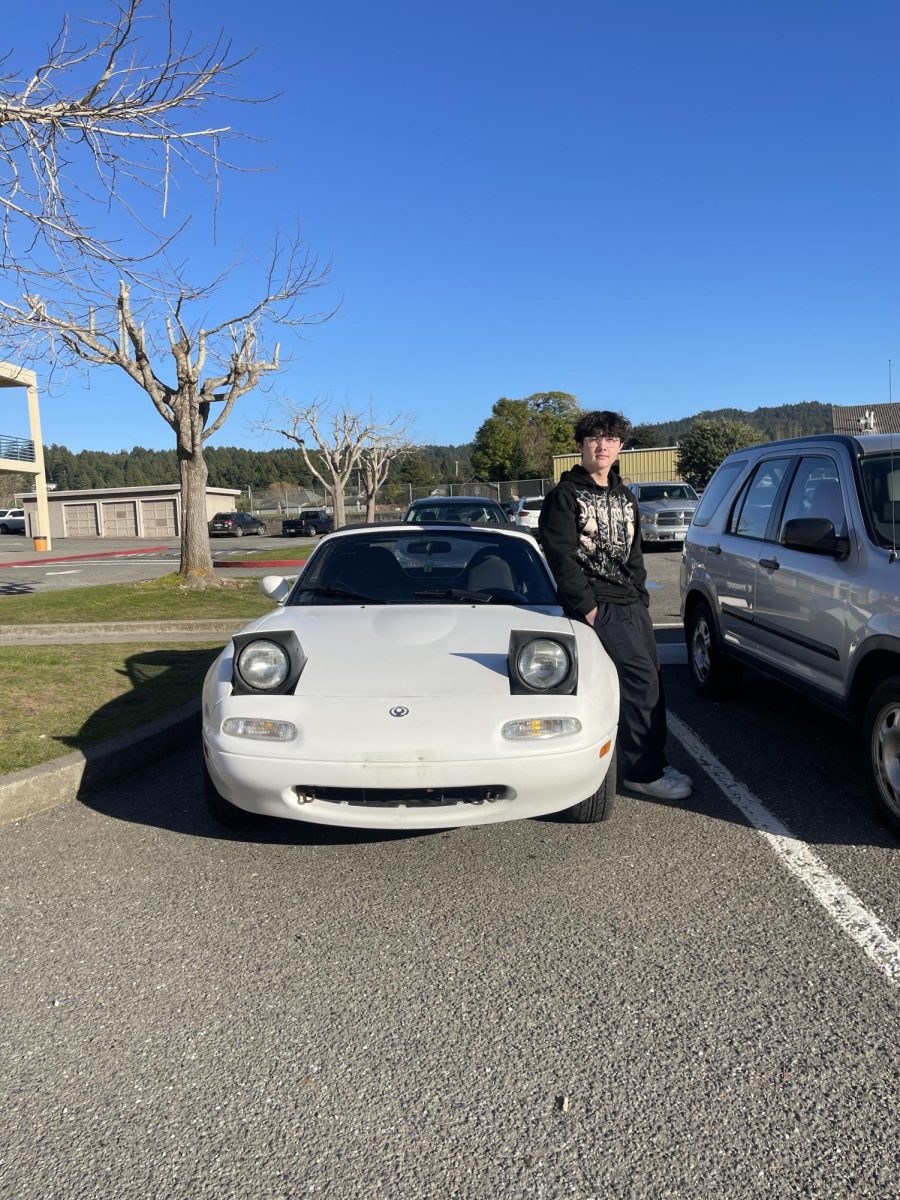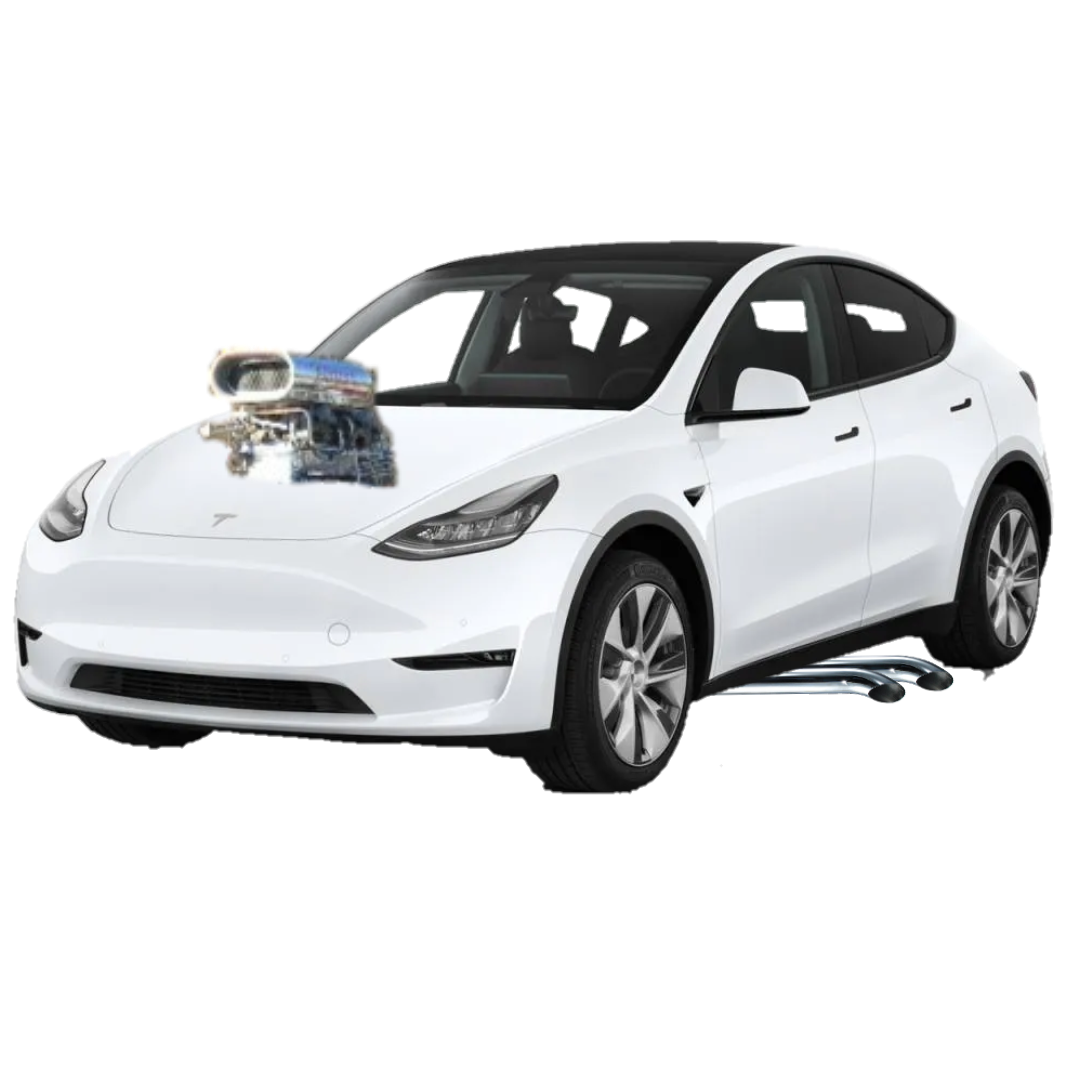Electricity, advertised as the future of transportation and life itself, may not be the solution to climate change after all. In 2022, California Governor Gavin Newsom passed a law that requires all sales of new cars and light trucks to be zero-emissions vehicles by 2035.
Zero Emissions? Really? First off, a zero-emissions vehicle isn’t even possible. You can’t even cut down a tree with zero emissions, even if you punch it down with your bare hands, like some Minecraft-in-real-life video. Electric cars are being claimed as “zero-emissions vehicles,” however you still need to extract thousands of pounds of lithium and metals to build batteries, the frame, and the exterior.
There are two main ways that lithium is taken out of the ground, and both involve heavy-duty diesel machinery. If you multiply the average amount of emissions per mile that a gas-powered car releases, it would take the distance of driving from Los Angeles, to New York City 10 times to release the same amount of carbon emissions as the diesel heavy machinery required to build 1 electric car.
The first method of mining uses heavy explosives to blow up surrounding rocks, possibly exposing the environment to radiation, all for less than a gram of lithium. These exploded materials are then transported to sifting and sorting facilities in massive dump trucks, where the lithium is separated.
Another process involves extracting millions of gallons of saltwater found underground near a handful of mountain ranges found mainly in Chile and Argentina. This saltwater is created when freshwater from snow-melt, mixes with highly dense salt deposits, creating a “brine” of extremely salty water. This water is high in metals including lithium because of the salt mixture, which gets extracted using high-pressure pumps and hoses. The water is then directed through pipes to fill up large man-made ponds inside massive bulldozed habitats. The water then sits and evaporates, leaving behind fine metals and silt. This mixture is baked at high temperatures and transported to factories to create batteries.
Removing this much saltwater brine from underground, and creating large exploded holes in the ground are just to satisfy people’s wants to feel like they’re saving the environment. These processes end up causing habitat destruction for thousands of animals and pollute neighboring towns and the animal’s water supplies.
Electric cars in this capacity aren’t ready for the market either! They can take over 8 hours to charge from 0% to 100% with an average range of just under 400 miles. While a fully fueled gas or diesel-powered car, which takes less than 6 minutes to fully fuel, can go well over 400 miles.
Not to mention the grid for electric cars isn’t built up nearly enough in this country. When I’ve volunteered at the Avenue of the Giants Marathon for the past 3 years, all the Earth savers ask where the nearest charging station is, only to be told that it’s a 40-minute drive north to Eureka, or a 75-minute drive south to Laytonville, while the nearest gas station is 15 minutes away in Rio Dell. This isn’t just a problem in Humboldt County, but basically, every single rural place has a very limited amount of electric chargers.
So, the next time you think about buying an electric car, just remember that the process of building one isn’t as good for the environment as it’s advertised and that it is literally impossible for a vehicle to be made using zero emissions, with zero emissions.


